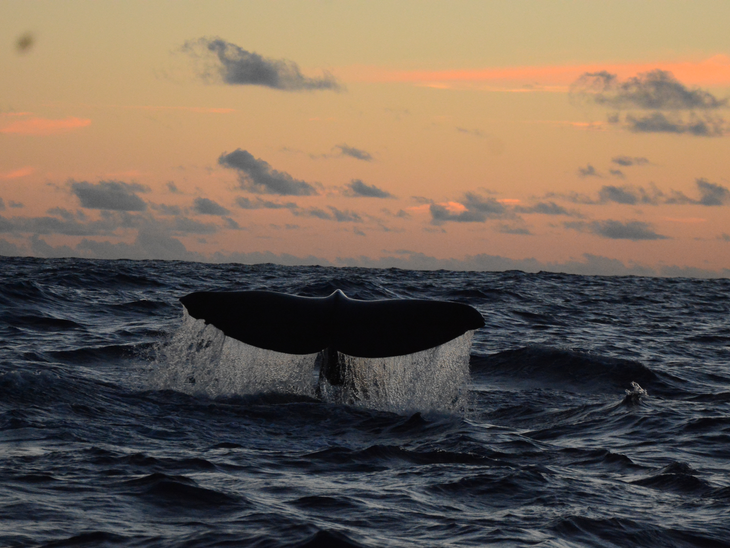
T&B Petroleum/Petrobras Agency

The Cetacean Monitoring Project in the Santos Basin (PMC-BS), executed by Petrobras, completes five years with the mark of 27 registered cetacean species, seven of which are classified with some degree of threat of extinction. In the period, 33 data collection campaigns were carried out, in an effort of 759 days of researchers in the field and more than 159 thousand kilometers traveled, which corresponds to almost four laps around the planet.
The region monitored by the PMC-BS runs from Florianópolis (SC) to Cabo Frio (RJ), covering from coastal to ocean waters, reaching a distance of 350 km from the coast and places with water depths over 2 thousand meters deep . In the five years of the Project, considered the largest of its kind ever carried out in Latin America, 2,431 visual detections and 1,096 acoustic detections of groups of odontocet cetaceans (dolphins and whales with teeth) and mystices (true whales with fins) were carried out.
“The first cycle of this work aimed to identify and characterize the cetacean species in the Santos Basin and this result has been achieved. With the data collected, we now know, for example, how animals behave, where they are and where they migrate ”, explains Daniele Lomba, manager of Environmental Licensing and Compliance at Petrobras. "This acquired knowledge will be fundamental for the next cycle, which will assess the correlation of our activities with whales and dolphins".
Among the data produced, there are information about the three largest whales in the world that are threatened with extinction: the blue whale (Balaenoptera musculus), the fin whale (Balaenoptera borealis) and the saber whale (Balaenoptera physalis). For the blue whale and the fin whale, the greatest documented depths of diving were recorded, 383.7 and 209.5 meters, respectively. Regarding the whale, it surprised the observation of large groups, of up to 30 animals, leading researchers to the conclusion that these cetaceans not only seek Brazilian waters to reproduce, but also to feed.
Rare Records
Monitoring of cetaceans during this period yielded important records, such as that captured in April 2019, when about 40 sperm whales (Physeter macrocephalus) were sighted more than 300 kilometers from the beaches of the coast of São Paulo.
In 2017, the PMC made four rare records of blue whales (Balaenoptera musculus), considered the largest animal on Earth, reaching more than 30 meters in length and weighing 180 tons. Previous records of this critically endangered species off the Brazilian coast date back to the 1960s. Only two records of live animals had been made in Brazil in this century, these being the first sightings for the Santos Basin.
Environmental licensing
The Cetacean Monitoring Project in the Santos Basin (PMC-BS) is one of the actions defined by Ibama in the Environmental Licensing of oil and natural gas production in the Santos Basin by Petrobras. The goal is to learn about the ecology of whales and dolphins, to assess whether there is a correlation between oil and gas exploration and production activities with marine mammals.

Contact us